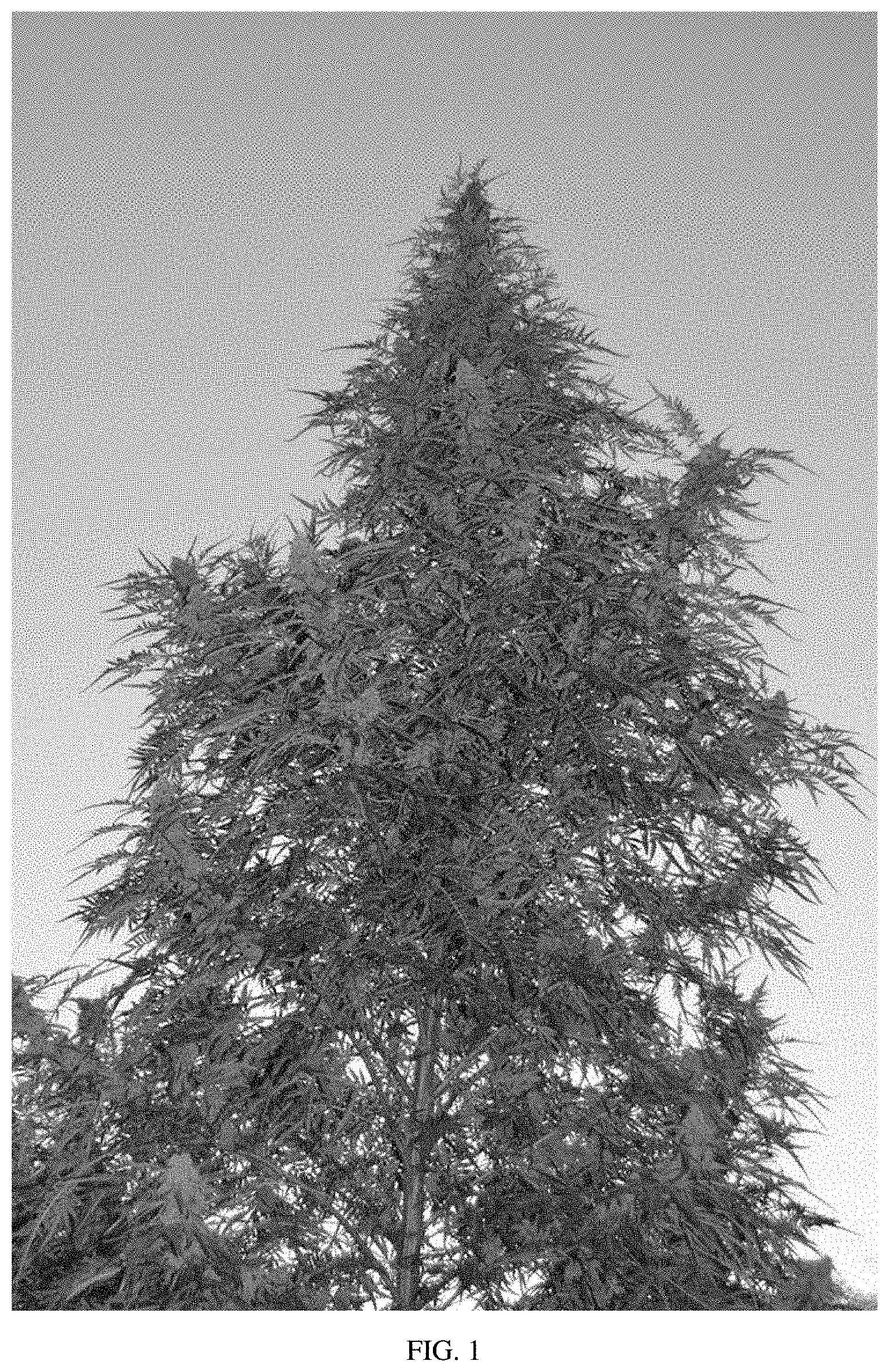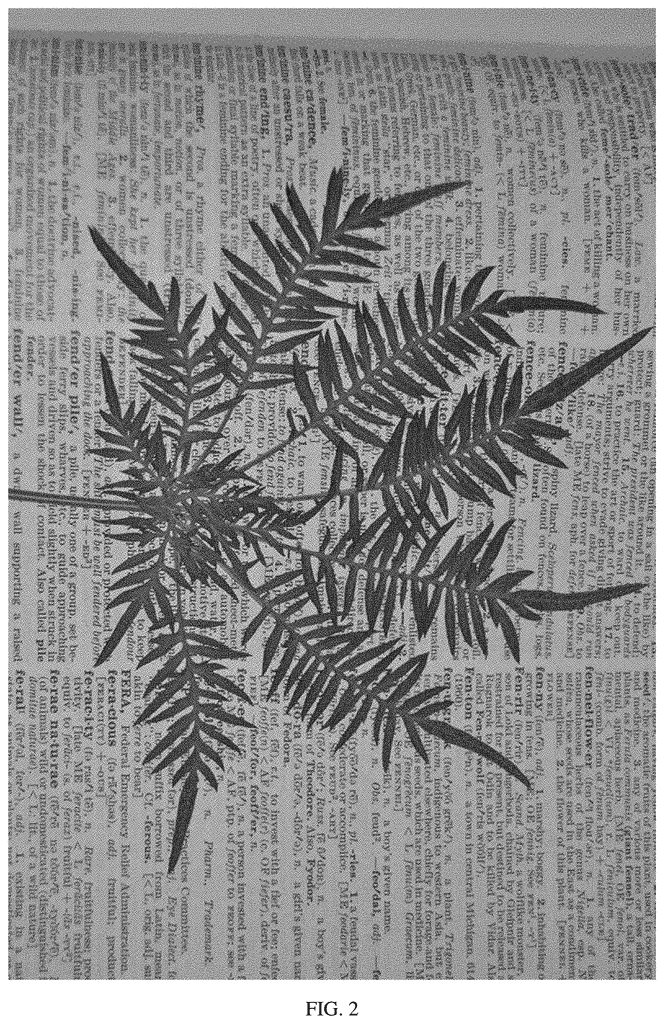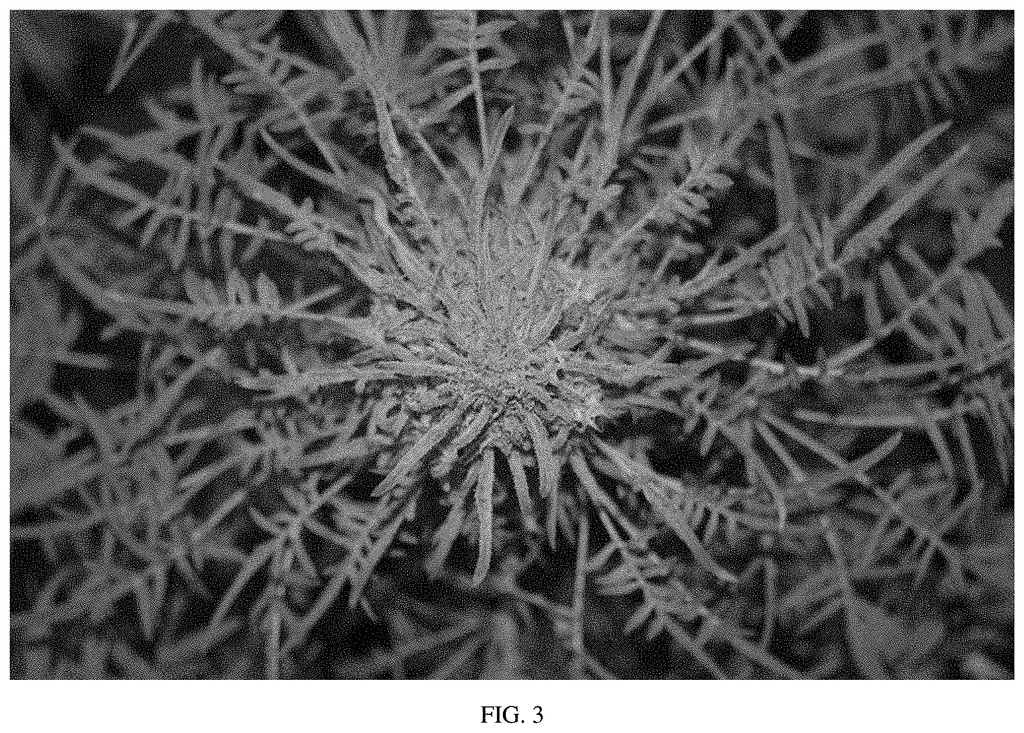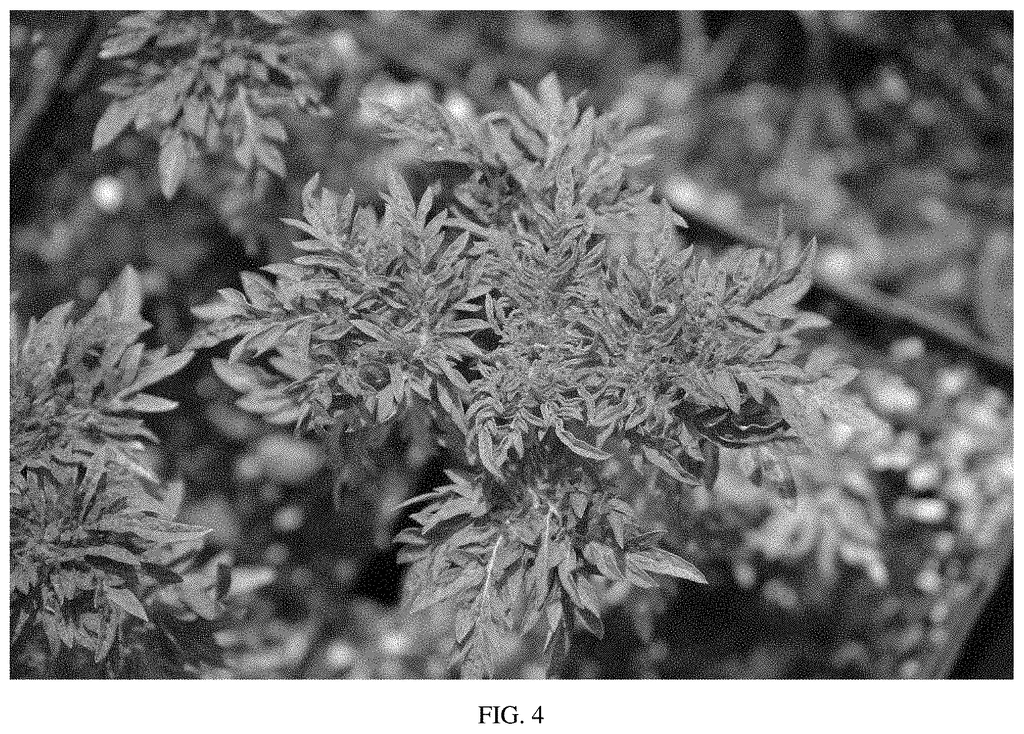Invented by Jordan Randall Johnson, Individual
FS-tp2 is a specific strain of cannabis that is known for its high levels of THC, the psychoactive compound that produces the ?high? associated with cannabis use. This strain is also known for its strong aroma and flavor, which makes it popular among recreational users.
However, FS-tp2 is not just used for recreational purposes. It is also used for medicinal purposes, as it has been found to be effective in treating a variety of conditions such as chronic pain, anxiety, and depression. This has led to an increase in demand for FS-tp2 in the medical cannabis market.
The market for FS-tp2 is expected to continue to grow in the coming years, as more countries legalize cannabis and more people become aware of its medicinal properties. This has led to an increase in investment in the cannabis industry, with many companies focusing on developing new strains of cannabis that are more effective in treating specific conditions.
However, the market for FS-tp2 is not without its challenges. One of the biggest challenges is the lack of regulation in the cannabis industry. This has led to a proliferation of low-quality products that do not meet the standards required for medicinal use. It is important for regulators to establish clear guidelines for the production and distribution of cannabis products to ensure that patients receive safe and effective treatments.
In conclusion, the market for FS-tp2 is a rapidly growing industry that has the potential to provide significant benefits to both recreational and medicinal users. However, it is important for regulators to establish clear guidelines to ensure that the products being produced and distributed are safe and effective. As the industry continues to grow, it is likely that we will see more innovation and development in the cannabis market, which will further increase its potential for positive impact.
The Individual invention works as follows
The exclusive annual herbaceous Cannabis variety?FS?tp2?” This information is available. This variety is a cross between female Cannabis sativa parent Cannabis sativa. hybrid ?Pineapple Express? and male parent Cannabis Sativa hybrid ‘Holy Banana’. To achieve the desired morphological characteristics, selective breeding was used. These morphological characteristics are what allow this variety to be called?FS?tp2. Its outstanding features, such as a high leaflet count and narrow leaves, make it stand out from other C. Sativa varieties.
Background for Cannabis plant called?FS-tp2?
Field of Invention
The present invention is a novel and distinct annual variety C. sativa hybrid that has been given the variety designation of?FS?tp2? ?FS-tp2? It is used to grow cannabis plants in your home and as a medicinal herb.
Background of Related Art
The genus Cannabis has been used by humans for millennia because of the many benefits it offers, including the significant utility and value of its fiber and its nutritional value. It also provides medicinal value to its floral parts and products. The genus is currently being legalized in the United States to be used as industrial hemp. It can be used for many purposes, including the production of biodegradable plastics, building materials, paper, fuel, medicines, and clothing.
CBD (Cannabidiol) is a compound that is extracted from Cannabis. It is used in a variety of over-the-counter and topical medicines. CBD is only one of the many cannabinoids that are endogenous to Cannabis. Tetrahydrocannabinol, (THC), is the most well-known. Cannabinoids interact with human endocannabinoid (HRB) receptors. These receptors are found in the brain and throughout our bodies. It is a growing area of interest that holds great promise for medicine’s future. See, e.g., Russo (2019). Cannabis and Pain, Pain medicine, 20(10), 1093/pm/pnz227. Russo (2016). Reconsidering Clinical Endocannabinoid Deficiency: Current Research Supports The Theory in Migraine. Fibromyalgia. Irritable Bowel and Other Treatment-Resistant Syndromes. Cannabis Cannabinoid Re. 1(1): 154-165.
Non-hemp cannabis forms, often referred to simply as marijuana, are now legal in many states for medical and recreational use. In a growing number states, including Alaska, California and Colorado, Illinois, Maine and Massachusetts, Nevada and Oregon, Vermont, Vermont, Washington, as well as in Alaska, California and Colorado. In 11 states. Individuals can now grow marijuana in at least 15 states. However, home-grow is not allowed in most states. The wave of legalization is expected to continue until there is some form of federal legalization.
Generally, marijuana products can be purchased in special?dispensaries. There are many places that sell dried flower, edibles and tinctures as well as extracts. There is strong interest in legal home-grow for obtaining marijuana products. Seed sales of various Cannabis varieties are also robust. There has not been much work done to develop ornamentally unique, attractive and easy-to-grow Cannabis plants for home growing.
Embodiments are related to a seed from Cannabis plants designated?FS?tp2?” A representative sample of the seed from said plant has been deposited under NCIMB Number. 43854.
Some embodiments relate to a cannabis plant or part thereof, produced from the seed of a Cannabis plant or tissue or cell, as determined by the inventor.” The plant or part of the plant may exhibit Type 2 leaf morphology as described herein.
Some embodiments relate to the use the plant in a breeding programme to produce cannabis progeny consisting at least one type of Type-2 Leaf Morphology and the genetic capacity to produce Type-2 Leaf Morphology in progeny thereof.
Some embodiments relate to the Cannabis plant or part thereof, or to a cell that contains at least one of the cannabinoid profiles and a profile of terpenes as shown in Tables 1 or 2.
Some embodiments relate to claim 2’s Cannabis plant part, wherein said part is selected from the following group: stems and trichomes, leaves, flower buds, and flowers.
Some embodiments relate to a Cannabis plant that descends from it, or a plant part, tissue or seed. In this case, the plant is a Clonal descendent.
The invention creates a new, distinct variety of Cannabis with unique and attractive ornamental features. The typical leaves of Cannabis plants are palmately complex (shaped like an open hand with multiple parts), and have from 3 to 13 veined and serrated leaflets, much like fingers in the open hand. The FS-tp2 leaves have a structure where the leaflets of the palmately complex leaf have multiple lobes, or secondary leaflets. These secondary leaflets are characteristic of the unique morphology of the new variety’s leaves and is called Type-2 leaf morphology. The transition from the common Cannabis leaf to the most distinct FS-tp2 leaves appears to be a gradual one. As the leaf’s deep serrations become more hooked and deeper, the lobes are enlarged and secondary leaflets appear. This transition can be seen in the leaves at various stages of development and maturity.
Leaves of the FSTP2 variety usually have 5-9 leaflets. The lengths vary from the shortest at the base of the leaf to the longest at the center (See FIG. 6). Each leaflet contains many secondary leaves. They range in number from 9 to 30 per leaflet. The pattern is that the shorter lateral leaflets near the base of the leaf have fewer secondary leavelets, while the longer leaflets towards the middle of the Leaf have more secondary. Some leaflets in early leaves have less secondary leaflet morphology. This means that some leaflets are substantially intact, while the lower portion of the leaflet has secondary leaflets. Combining multiple leaflets with many secondary leaflets results in a highly unusual, fern-like appearance to individual leaves. The plant’s overall appearance is fuzzy or multi-leaf. appearance of the whole plant.
The C. sativa Hybrid variety is a cross between a female parent C.sativa hybrid variety and a male parent C.sativa hybrid variety. (unpatented) and C. sativa hybrid varieties from the male parent. (unpatented), in eastern Madera County California, U.S.A during 2017. The F1 male phenotype, which had a pronounced morphological feature, was discovered in 2017. It included a large number of leaflets, narrower leaves and hooked serrations. In 2017, the male was crossed with an F1 female to obtain a more pronounced morphological feature. In 2018, the F2 generation seedlings were screened. Out of 300 seedlings tested, only 30 seedlings exhibited the desirable morphological features such as large secondary leaflets. The F2 generation was created in 2018 by breeding one male and five females from the F2 progeny. The F3 progeny had 100% of the selected morphology that included large quantities of secondary leaflets.
The selection was propagated in eastern Madera County (Calif.), U.S.A. The new variety has been reproduced sexually by crossing F3 progeny from Madera County, Calif. (USA) since 2018. This shows that the new variety reproduces exactly as it was described and all the characteristics are firmly fixed.
The C. sativa cross variety is a result of a cross between C. sativa and?Pineapple Express?” (unpatented) & C. sativa?Holy Banana hybrid? (unpatented), Madera County, Calif. The C. sativa female parent hybrid ‘Pineapple Express’? C. sativa and a cross. ssp. indica and C.sativa ssp. sativa which is an ‘indica-dominant? type. The male parent is a C.sativa hybrid. It is also an indica dominant type. The male parent was derived by a cross between C. sativa hybrid Big Sur Holy Weed? (unpatented) & C. sativa hybrid Banana Kush? (unpatented).
?FS-tp2? There are several morphological differences between parent lines. First, the species has bipinnate leaflets rather than its characteristic deeply lobed leaves. Both parents have simple palmate-lobed leaves. In FS-tp2, the venation is not altered. However, the leaflet shape in FS-2P2 is bipinnate with secondary leaflets on both sides of each vein. With the aging of the plant, the number of secondary leaflets and veins increases along with typical changes in leaf morphology. The growth of the plant is unchanged.
The new cannabis strain was named?FS-tp2?” It has been grown since 2018.
The new C.sativa hybrid variety is a cross of C.sativa hybrid ‘Pineapple Express?” C. sativa hybrid “Holy Banana?” in Madera County, Calif., U.S.A. The F1 progeny showed that 2 of 20 males from the 20 plants had abnormal morphologies, which is known as Type 2. morphology. Type 2 morphology is a palmate structure that has 5 to 9 leaflets and typically 9 to 30 secondary leaflets. It can also include any of the unique features shown in the photos. A cannabis leaf with a unique, fern-like morphology is known as Type 2 Morphology.
Click here to view the patent on Google Patents.





